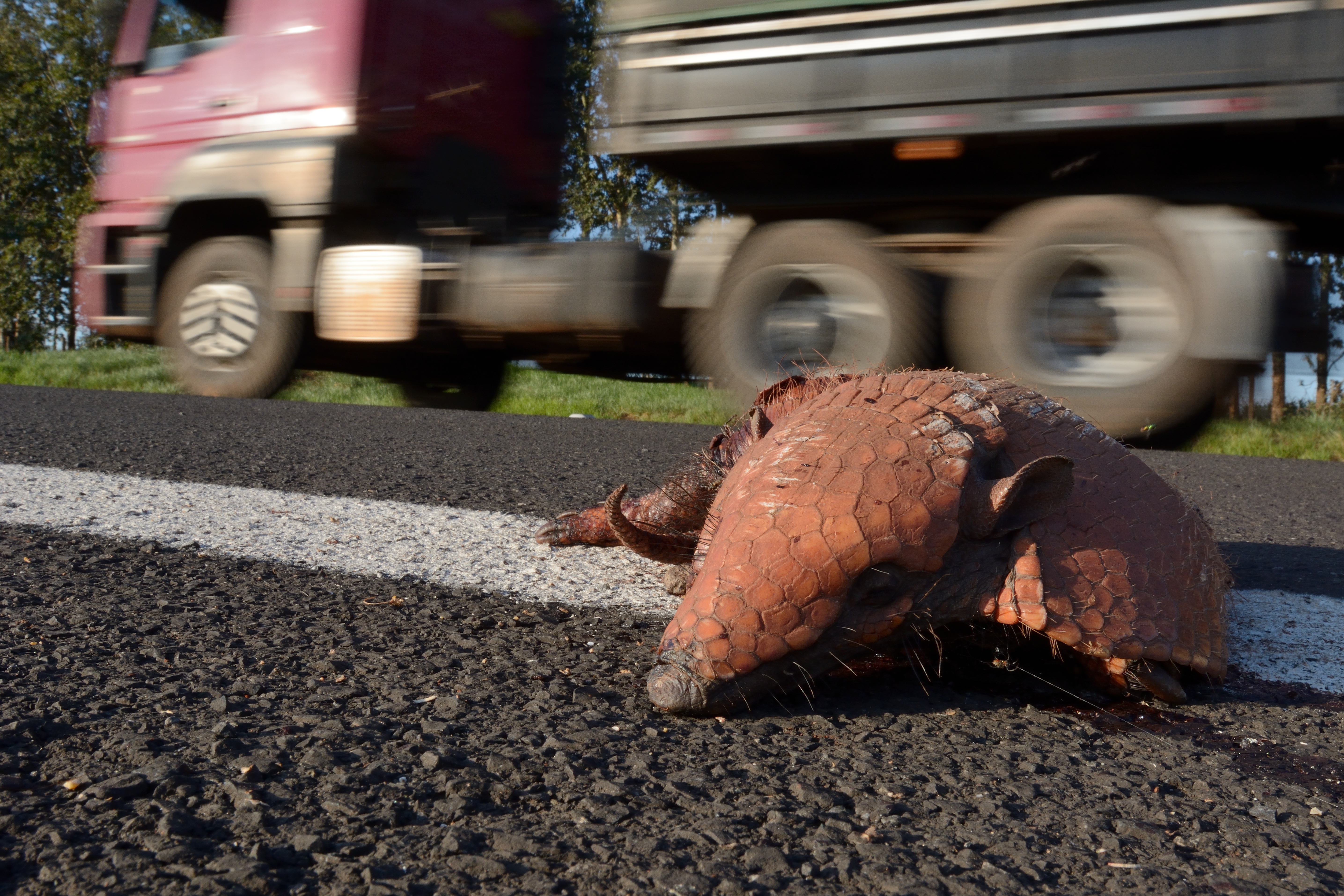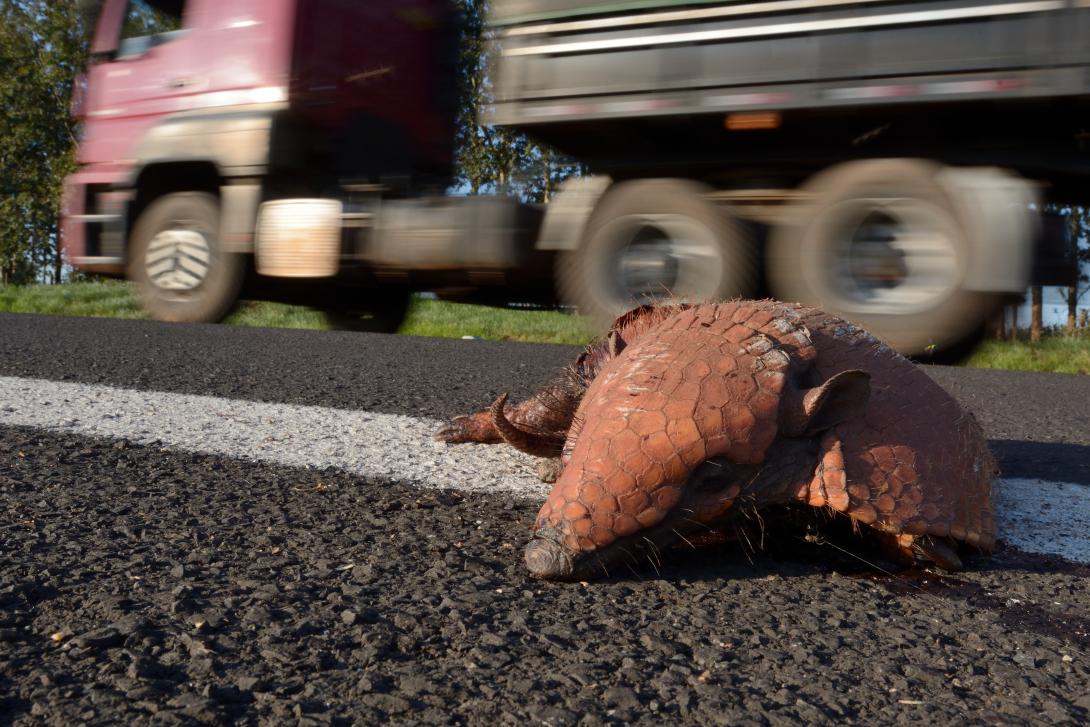Science clusters

Summary
The RISKY project addresses the significant threats to biodiversity caused by energy and transport infrastructures, including millions of wildlife fatalities annually from collisions and electrocutions. By developing an open-access web platform that extends the Atlas of Living Australia (ALA), RISKY aims to expand existing biodiversity data services by integrating mortality risk analysis for terrestrial vertebrates. The project seeks to guide sustainable infrastructure planning, minimise mortality, and inform conservation strategies to achieve zero net loss of biodiversity.

Photo credits: Marcel Huijser
Challenge
Open Science project, Open Science Service, Industry cooperation
Addressing the climate emergency requires a rapid transition to renewable energy technologies and a substantial expansion of the electricity grid. However, these infrastructures pose significant threats to biodiversity, primarily through mortality from collisions and electrocutions, with millions of birds and mammals affected annually. The loss of individuals can increase the risk of local extinction, undermining long-term conservation efforts and resulting in significant socioeconomic consequences, including human fatalities and costly infrastructure damage. To counter this, it’s crucial to prioritise environmentally sustainable planning that minimises impacts on wildlife and achieves zero net loss of biodiversity.
Solution
RISKY will develop a web platform that extends the Atlas of Living Australia (ALA) by integrating global wildlife mortality data from collisions and electrocutions. Users will be able to access mortality locations and rates, along with four Virtual Research Environment (VRE) analytical tools, including spatially explicit population models, life traits models, and sensitivity mapping to predict species extinction risks under various infrastructure expansion scenarios. These tools will enable users to assess, visualise, and mitigate the impacts of infrastructure on wildlife populations globally.
By providing critical insights into the impact of mortality from energy and transport infrastructures, RISKY will inform effective conservation strategies while minimising socioeconomic costs. The platform will be accessible to a broad audience, including NGOs, consultants, public administration officials, and infrastructure operators.
Scientific Impact
RISKY will provide new open-access data and analytical tools that enhance scientific understanding of mortality risks associated with energy and transport infrastructures. This platform will facilitate better nature-friendly planning and more effective mortality mitigation methodologies. Additionally, it will significantly expand the user base, engaging scientists in wildlife conservation, applied ecology, civil engineering, and various stakeholders, thereby fostering collaborative efforts to protect biodiversity.
Results
- Global Roadkill Data Initiative provides access to the largest wildlife mortality database: This open-access dataset includes over 200,000 roadkill records voluntarily shared by contributors. It documents 2,283 species across 54 countries. The dataset is a valuable resource for researchers and stakeholders, providing critical data to support the development of wildlife-friendly transport infrastructure. This dataset marks the first step of the RISKY project, which aims to create an online platform focused on wildlife mortality caused by roads, railways, power lines, and wind farms.
Publications
Events
- 20-21 January 2025 - RISKY kick-off workshop
- 16 May 2025 | Tapada da Ajuda, Lisbon - Dia Aberto do ISA
- 20 October 2025 | Beijing, China - Online participation in the Asian Forum with an oral presentation entitled Global Open Access to Mortality Data: A Step Toward Safer Transport Infrastructure for Wildlife
- 5-8 December 2025 | Evora, Portugal - SECEM. The project team participated in the Iberian Scientific meeting presenting an open access analytical tool developed on the scope of RISKY project to evaluate the risk of extinction using observed mortality rates from infrastructure spatially explicit
Promotional material
- POSTER | RISKY - Building knowledge and open data for wildlife-friendly energy and transport infrastructure
- POSTER | MortalityRISK: Additional mortality extinction risk
- PRESENTATION | Iberian Carnivores on the Road: Just a RISKY Crossing or an Extinction RISK?
- PRESENTATION | Need for comprehensive mortality data and introduction to the RISKY project
- PRESENTATION | Global Open Access to Mortality Data: A Step Toward Safer Transport Infrastructure for Wildlife
Principal investigator

Clara Grilo completed a PhD degree in Conservation Biology at University of Lisbon in 2009. Her research has focused on the impact of road networks on birds and mammals, studying aspects such as behaviour, relative abundance, mortality, genetic structure, and extinction risk. Currently, she is dedicated to bridging the gap between science and practice in road ecology by developing user-friendly tools, providing training, and analysing mitigation scenarios.

